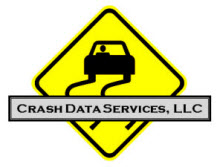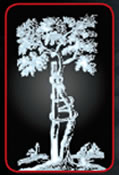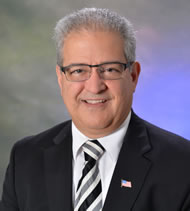5/22/2009· Automotive - Vehicular
The Top Ten Questions About Event Data Recorders (Vehicle Black Boxes)
By: Shawn Gyorke
Event Data Recorders (EDRs) are electronic devices, commonly called Black Boxes, that are installed in motor vehicles. EDRs have the ability to record information about what a vehicle did before, during and immediately after a traffic crash



















